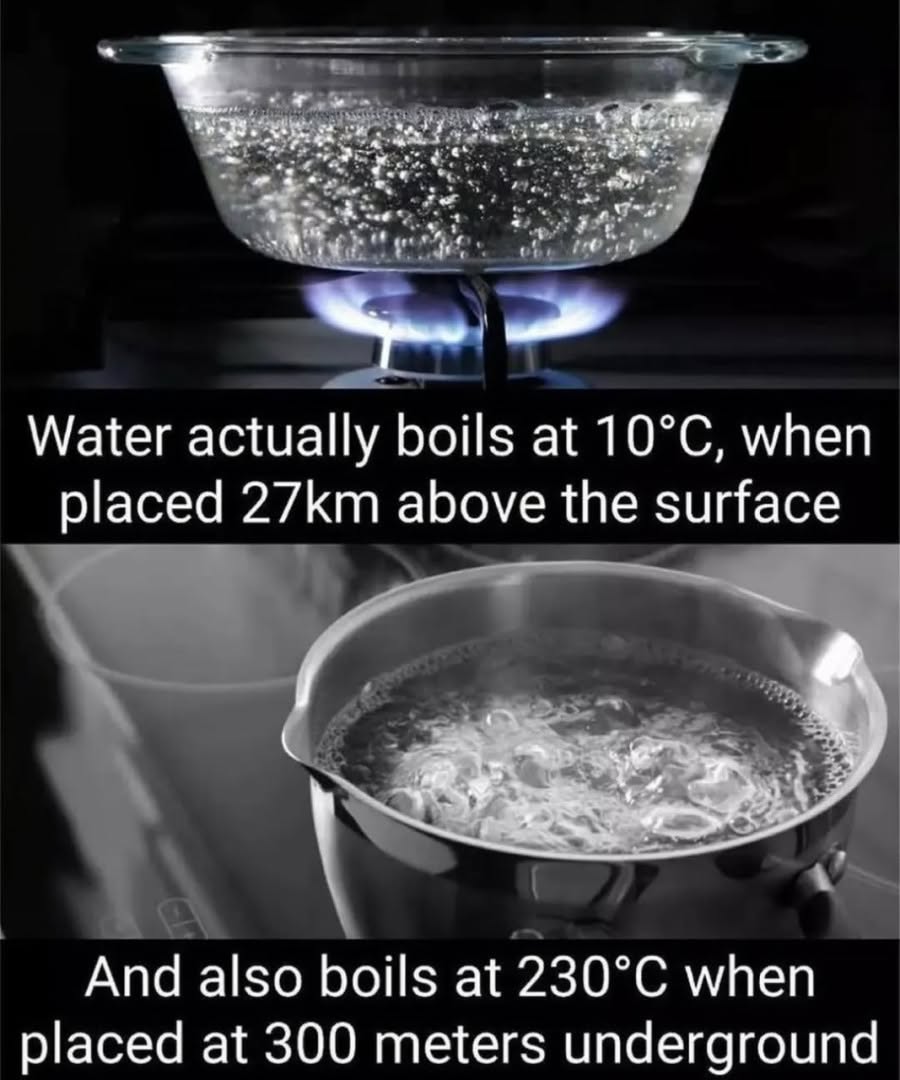ADVERTISEMENT
Why Does Water Boil at 10°C at 27 km Above the Ground?
Water normally boils at 100°C (212°F) at sea level, where atmospheric pressure is approximately 101.3 kPa (1 atmosphere). But under different atmospheric conditions, especially at high altitudes, the boiling point of water can change dramatically. One extreme example is at 27 kilometers above the Earth’s surface, where water can boil at just 10°C. This phenomenon is rooted in the physics of pressure and phase change.
The Science Behind Boiling
To understand why this happens, we need to look at how boiling works:
- Boiling occurs when the vapor pressure of a liquid equals the atmospheric pressure surrounding it.
- At sea level, the atmospheric pressure is relatively high, so water must be heated to a higher temperature (100°C) to reach a vapor pressure that matches it.
- As you go higher in altitude, the atmospheric pressure drops. This means the liquid doesn’t have to be as hot to match the lower pressure — so it boils at a lower temperature.
Atmospheric Pressure at 27 km Altitude
At an altitude of 27 km (about 88,500 feet) — which is well into the stratosphere — the air pressure is incredibly low, roughly 1 kPa or 0.01 atmospheres.
Under such low pressure:
- Water molecules can escape into vapor more easily.
- As a result, water boils at around 10°C (50°F) — much lower than what we’re used to at the surface.
